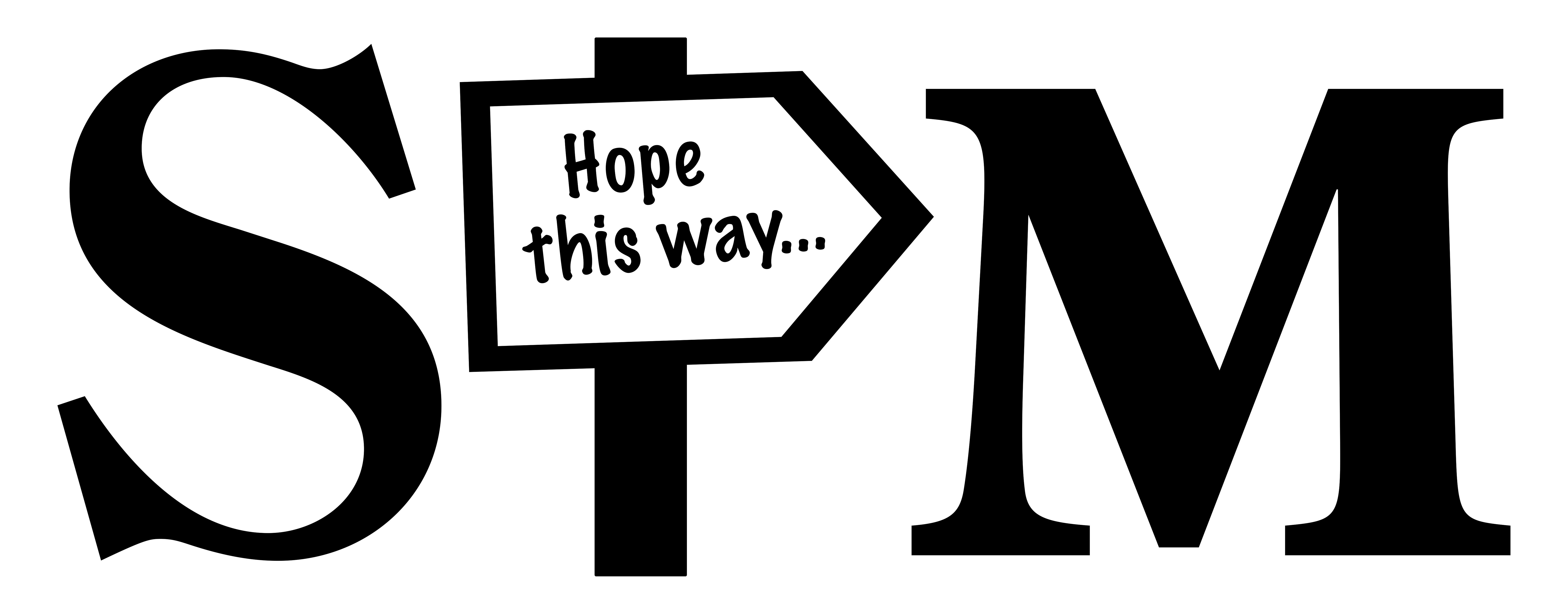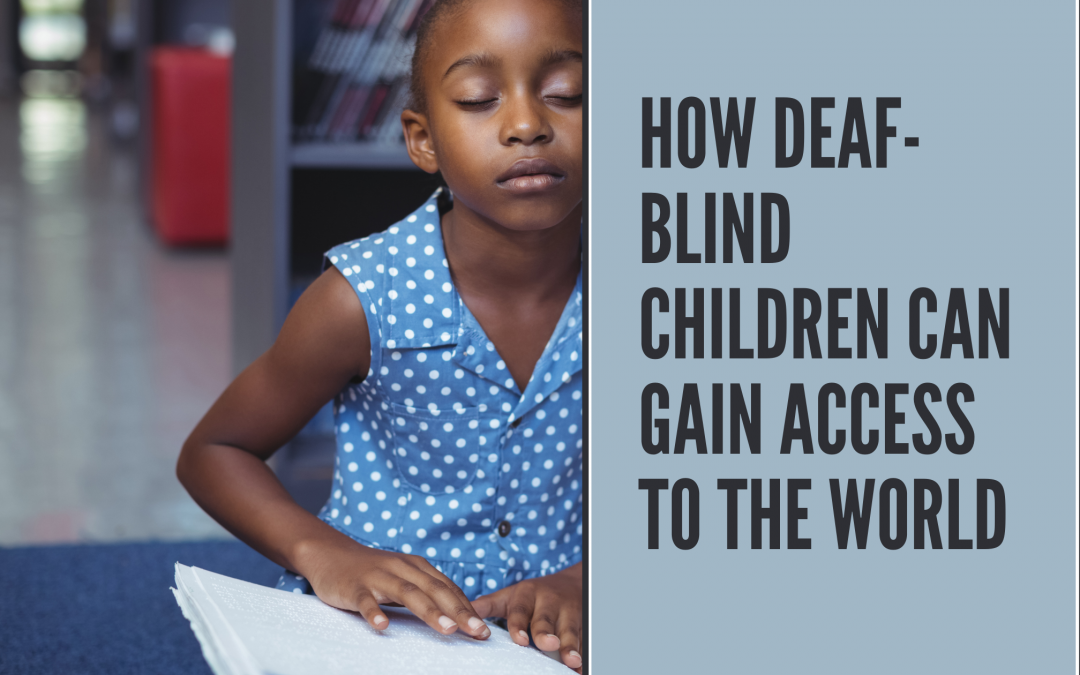Being deaf-blind is more than just about not hearing or being unable to see. It’s a disability of access for a child. Think about it. Communication and learning are how we pick up info about the world around us. And that info teaches us how to interact within that world. When a child is deaf-blind and can’t interact naturally, that’s a roadblock. Developmental problems spring up.
The technical term is “limited incidental learning” options. The disability forces the child to depend on others to see & hear how things work.
There is a name for this deaf-blind condition. It is Usher syndrome (USH). We will show you ways and procedures in place to overcome this situation.
But, COVID this past year made things so much worse for a deaf-blind child. Little or no contact with others further weakens access to the world around.
USHER Syndrome
It is a rare inherited disease that passes from parents to children. USH affects at least 25,000 people in the United States and over 400,000 worldwide.
We want to tell you about Usher Syndrome Awareness Day. It falls on September 18 this year. The goal is to raise attention to every community about this situation. USH is the most common genetic cause of combined deafness and blindness. And it also affects a child’s development as part of that community.
There are three types of Usher syndrome. Types 1 and 2, listed below, are the most common in the US.
- Children with type 1 Usher syndrome have profound hearing loss or deafness at birth. They also have severe balance problems.
- Children with type 2 Usher syndrome are born with moderate to severe hearing loss. But they do have a normal balance
- Children with type 3 Usher syndrome are born with normal hearing and balance. But balance and hearing problems may develop as they grow. Night blindness also usually begins as they age. Blind spots appear by the late teens to early twenties. Legal blindness often occurs by midlife.
Services for Deaf-Blind Children
There is no cure at this point. But there are options for dealing with Usher syndrome. These options will help with your child’s development.
Do you know about the Individuals with Disabilities Education Act (IDEA)? It is a federal law. It makes sure students with disabilities get Free Appropriate Public Education (FAPE) designed to fit their individual needs. The goal of IDEA is to give children with disabilities the same opportunity for education as those students without a disability.
One option is to make use of the Infants and Toddlers with Disabilities program of IDEA.
Deaf-blind children up to age 3 are typically eligible for early intervention services under this program.
These services are important to children with deaf-blindness and their families. These services address the child’s developmental and learning issues.
Parents take part in the decision of which services their family needs in order to meet the challenges of deaf-blindness. Services are either provided free of charge to families or on a sliding cost scale based on the family’s income.
When children with deaf-blindness reach the age of 3, they transition into special education services under Part B of IDEA. Special education services are available free through the public school system.
What if a child with deaf-blindness is not in school yet? The school system is still responsible for making sure that special education and related services are available to the child.
Other Resources
Treatment and communication services may also include:
- hearing aids
- assistive listening devices
- cochlear implants
- auditory (hearing) training
- learning American Sign Language
For those of our readers in North Carolina, check out this site for links to statewide resources.
If you live in another state, check this directory for your state
And here is yet another great resource page.
This post was written by Anthony M Scialis. Find him here.

